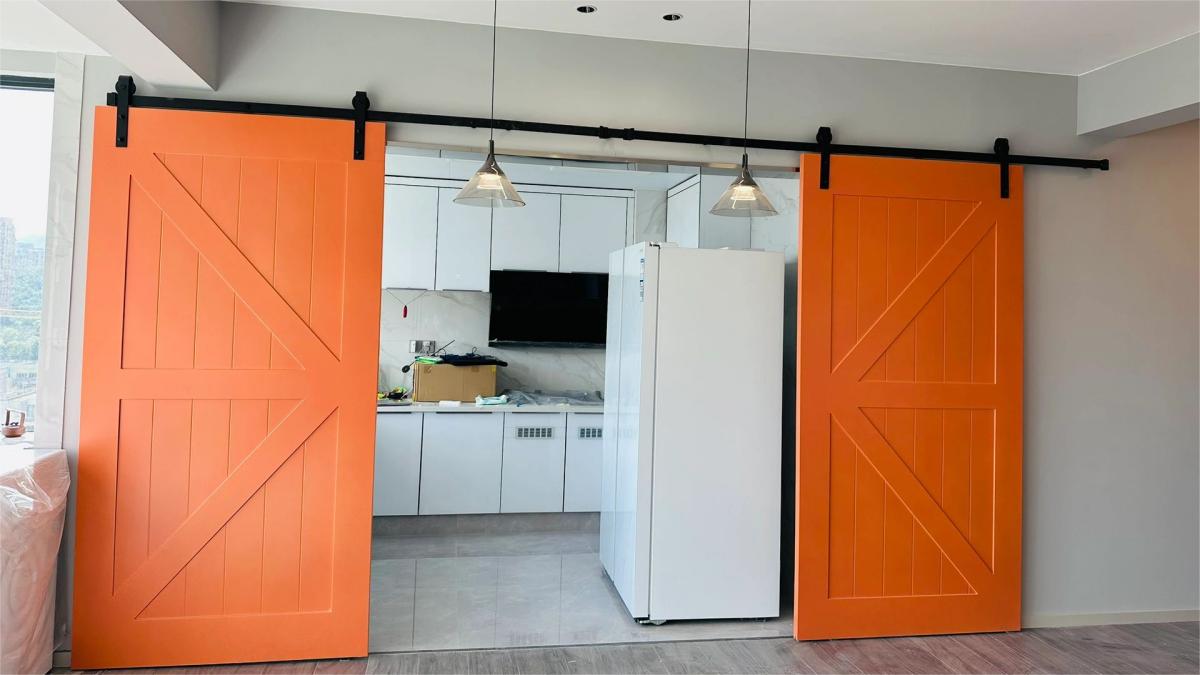Are you considering adding the rustic charm of barn doors to your home but need clarification on the installation cost? Look no further! This comprehensive guide will walk you through everything you need about barn door installation costs, including factors to consider and budget-friendly tips.
Factors that Affect Barn Door Installation Cost
When it comes to adding the timeless charm of barn doors to your living spaces, understanding the factors contributing to the installation cost is crucial. The beauty and functionality of barn doors can be worth the investment, but being informed about the elements influencing the price can help you plan your budget more effectively.
Size of the Door
The size of the barn door is one of the primary determinants of the installation cost. Larger doors require more materials, including wood or other materials for the door itself and additional hardware to support the weight. Additionally, larger doors might demand more intricate installation procedures, which can lead to increased labor costs.
Materials Used
The choice of materials significantly impacts both the aesthetic appeal and the cost of the barn door. While traditional wooden doors exude rustic charm, they can vary in price based on the type of wood chosen. Alternatively, doors made from metal, glass, or a combination of materials can also influence the overall cost. High-quality materials tend to come with a higher price tag but can offer durability and longevity.
Hardware Required
The hardware required for barn door installation includes the track, rollers, handles, and any additional accessories. The quality and style of the hardware can vary widely, affecting the cost. Opting for premium hardware might incur a higher initial expense but can contribute to smoother functionality and a polished appearance.
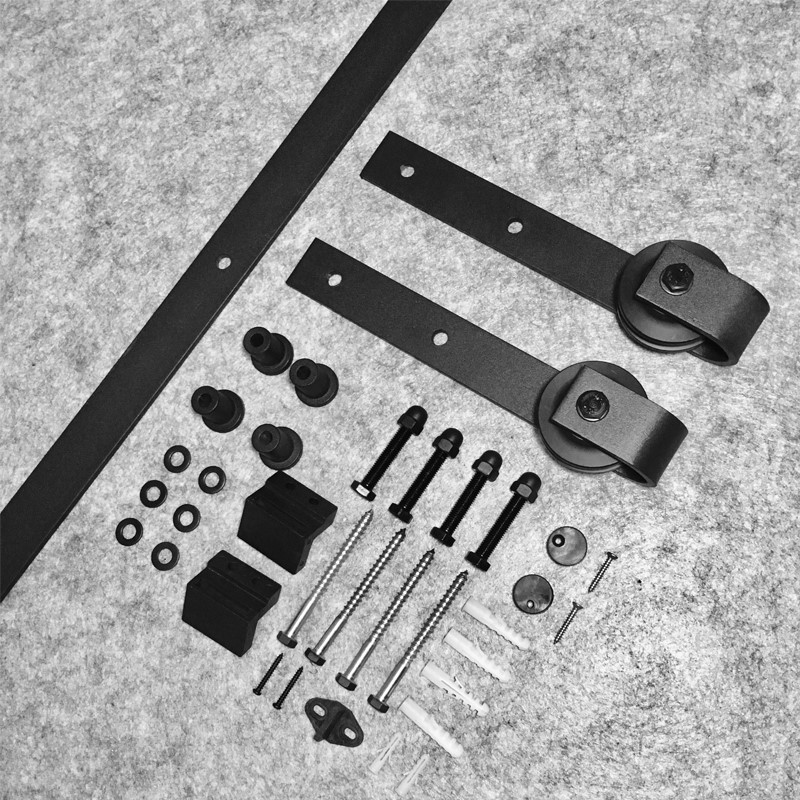

Additional Customization
Personalization and customization options can elevate the uniqueness of your barn doors. Custom finishes, colors, and intricate designs can add character to your doors but may also cost extra. It’s essential to consider how much customization you desire and how it aligns with your budget.
Installation Complexity
The complexity of the installation process is influenced by factors such as the existing structure of your space and the type of wall the door will be mounted on. If modifications are needed to accommodate the barn door, such as reinforcing the wall or creating the necessary sliding track space, this can contribute to increased labor costs.
Location within the Home
The location where you intend to install the barn door can impact the installation cost. For instance, installing a barn door as a room divider might require additional hardware and installation steps compared to a traditional door placement. The location’s accessibility and visibility can also affect the detail needed for the installation.
Professional Labor Costs
Deciding whether to undertake a DIY installation or hire a professional can substantially affect the overall cost. While DIY might appear more budget-friendly, a professional installation ensures accuracy and can save you from costly mistakes. Professional labor costs vary based on location, expertise, and the complexity of the installation.
Average Cost of Barn Door Installation
As you embark on your barn door installation journey, having a realistic estimate of the average cost is essential for effective budget planning. In contrast, the price can vary based on factors such as location, materials, and complexity of the installation.
Cost Components
The average cost of barn door installation typically includes several key components:
- Materials: This encompasses the cost of the barn door itself, as well as any hardware and accessories required for installation.
- Labor: If you opt for professional installation, labor costs will be a significant portion of the total. DIY installations can save on labor expenses but require your time and effort.
- Customization: If you add personalized touches or unique finishes to your barn door, customization costs can contribute to the overall expense.
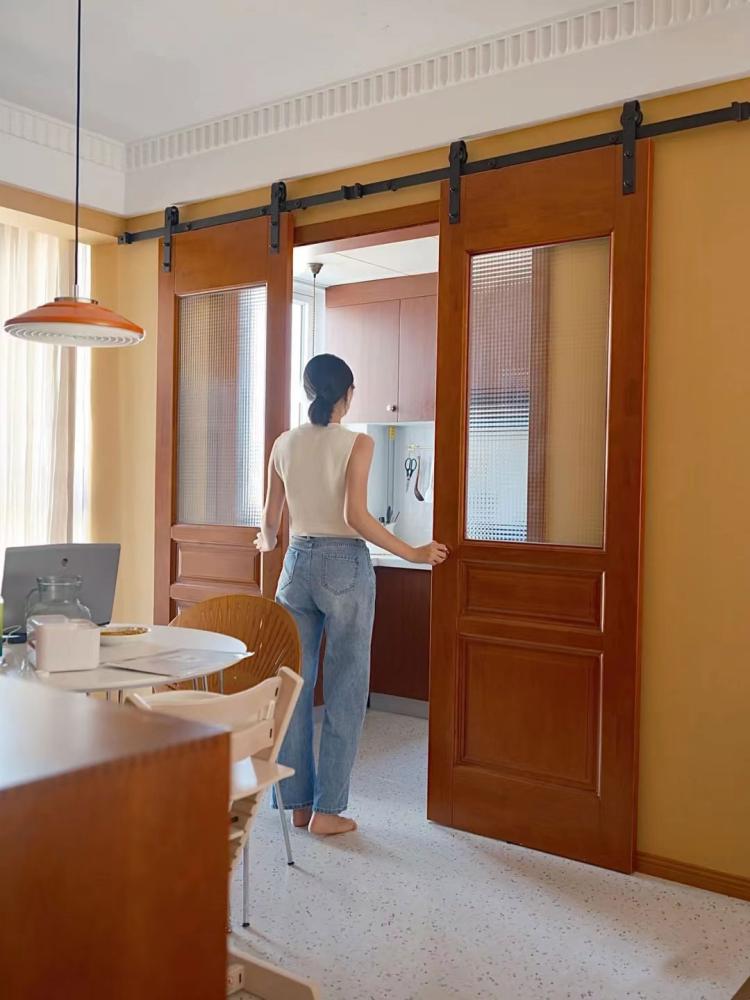

Average Cost Range
On average, barn door installation costs range from $300 to $1,500. This range accounts for variations in factors like door size, materials, hardware quality, and the extent of customization. Here’s a breakdown of the average cost range:
- Basic Installation: A basic DIY installation can cost around $300 to $600 for a standard-sized barn door with simple hardware. This estimate covers the door, hardware, and minimal customization.
- Mid-Range Installation: If you’re looking for mid-range options with higher-quality materials and more detailed hardware, you might be looking at an average cost of $600 to $1,000.
- High-End Installation: Premium materials, intricate hardware, and extensive customization can drive the cost up to $1,000 or more. High-end installations often involve professional labor for precision and expertise.
Additional Factors
Remember that the average cost is influenced by other factors, including:
- Location: Costs can vary based on your geographical area, as labor rates and material availability differ across regions.
- Professional vs. DIY: Choosing professional installation adds labor costs, but it ensures a polished outcome. DIY installations might reduce labor expenses, but it’s essential to factor in your time and skill level.
- Customization: The more customization you desire, the higher the cost. Intricate designs, unique finishes, and personalized features contribute to the final expense.
- Accessories: Additional hardware, such as handles, locks, and decorative elements, can increase costs.
Types of Barn Doors and Their Cost Implications
Barn doors come in various styles, materials, and configurations, each with its unique charm and cost considerations. When planning your barn door installation, understanding the different types of barn doors and their associated costs can help you choose the option that aligns with your budget and aesthetic preferences.
Single Barn Door
The most common barn door type is the single door that slides along a track to cover a single doorway. These doors are relatively straightforward to install and are often the most budget-friendly option. A basic single barn door can cost around $200 to $400, including hardware.
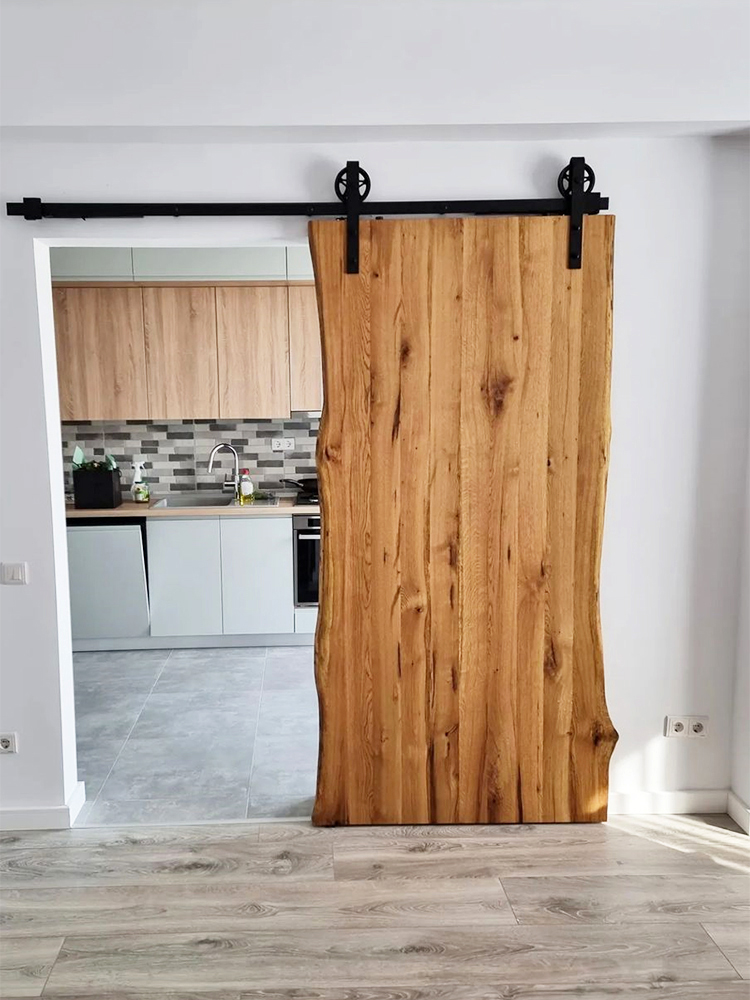

Double Barn Doors
Double barn doors have two panels that slide apart to cover a wider opening. The hardware required for double doors tends to be more complex, and you’ll need to purchase two hardware sets. As a result, double barn doors can range from $400 to $800 or more, depending on the quality of hardware and materials.
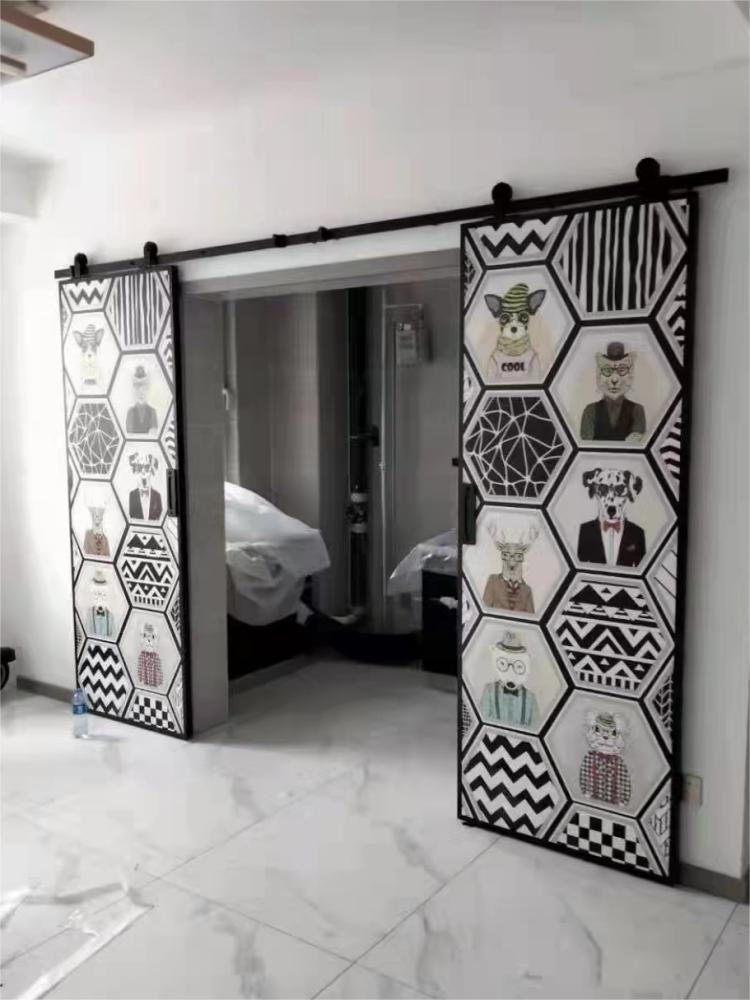

Bypass Barn Doors
Bypass barn doors are ideal for spaces with limited wall space on either side of the opening. These doors slide on separate tracks, allowing them to overlap when open. Bypass door hardware is more intricate and typically more expensive, contributing to an overall cost range of $500 to $1,000 or more.

Bifold Barn Doors
Bifold barn doors fold in the middle, providing a space-saving option. While these doors offer a unique look, they can be more complex to install due to the folding mechanism. The cost for bifold barn doors can start at around $400 and go up to $800 or higher, depending on the door size and hardware.


Custom and Specialty Barn Doors
Custom and specialty options are available if you’re looking for a truly unique and personalized barn door. These doors can be crafted from reclaimed wood, have intricate designs, or feature specific finishes. However, customization comes with a higher price tag. Costs for custom barn doors can range from $800 to $2,000 or more, depending on the complexity of the design and materials used.


Material Selection
The type of material you choose for your barn door significantly impacts the cost. Solid wood doors are often more expensive than engineered wood or composite materials. Reclaimed wood or specialty woods can increase prices due to their uniqueness and character.
Glass and Metal Inserts
Some barn doors feature glass or metal inserts, adding elegance and visual interest. While these elements can enhance the door’s aesthetic appeal, they also contribute to higher costs. Depending on the design, adding glass or metal inserts can increase the overall price by $100 to $300 or more.
Finish and Hardware
The finish you choose for your barn door, whether stained, painted, or left natural, can affect the cost. Higher-quality hardware with unique designs or premium finishes can also increase the overall expense.
DIY vs. Professional Installation
When installing barn doors, one of the fundamental decisions you’ll face is whether to tackle the project yourself or hire a professional. This decision holds significant implications for both your budget and the outcome.
DIY Installation
Pros:
- Cost savings on labor.
- Satisfaction of completing the project yourself.
- Flexibility in scheduling.
Cons:
- Risk of improper installation leading to functional issues.
- Additional expenses if you need the necessary tools.
Professional Installation
Pros:
- Expertise and experience in proper installation.
- Time savings and reduced risk of mistakes.
- Warranty or guarantee on the installation.
Cons:
- Higher upfront cost due to labor charges.
- Less control over the timeline.
The decision between DIY and professional installation depends on your skill level, time availability, budget, and comfort with DIY projects. If you’re experienced and confident in your abilities, DIY installation can be a cost-effective and rewarding option. However, if you lack experience or want a seamless installation, hiring a professional can provide peace of mind and ensure a quality result.
Budget-friendly Tips for Barn Door Installation
Adding the rustic charm of barn doors to your home doesn’t have to break the bank. Whether you’re a savvy shopper or a DIY enthusiast, these tips will help you make the most of your resources and create a stunning addition to your living spaces.


Plan Ahead
Start your barn door project with a clear plan in mind. Define your goals, preferences, and budget constraints. Research different styles, materials, and hardware options to comprehensively understand what’s available.
Compare Material Options
Regarding materials, there’s a wide range to choose from, each with its price point. While solid wood exudes authenticity, consider more budget-friendly alternatives like engineered wood or MDF (medium-density fiberboard). These materials can provide a similar appearance at a fraction of the cost.
DIY Approach
If you’re comfortable with DIY projects, taking on the installation yourself can save you a significant amount of money. Many online tutorials and guides are available to walk you through the process. Just be sure to accurately assess your skill level and the complexity of the installation before diving in.
Optimize Hardware Selection
Hardware can contribute to a substantial portion of the installation cost. Look for sales, discounts, or bundle deals on barn door hardware kits. Additionally, selecting functional and aesthetically pleasing hardware without unnecessary bells and whistles, as ornate hardware can be more expensive.
Shop Smart for Accessories
Accessories such as handles, locks, and decorative elements can enhance the appearance of your barn doors. Hunt for budget-friendly options without compromising on style. Thrift stores, online marketplaces, and even repurposed materials can provide cost-effective accessory solutions.
Upcycling and Repurposing
Before purchasing new materials, explore the possibility of upcycling or repurposing existing items. For instance, an old wooden door might be transformed into a charming barn door with a fresh coat of paint and new hardware.
Local Material Sourcing
Explore local suppliers and hardware stores for materials and hardware. Buying locally can result in better deals and reduced shipping costs. It lets you see and feel the materials before purchasing, ensuring they meet your quality standards.
Consider Pre-assembled Kits
Pre-assembled barn door kits can simplify installation and save you money. These kits often come with all the necessary components, making it easier to calculate the total cost upfront and reducing the risk of missing essential parts.
DIY Finishes and Stains
Applying finishes and stains to your barn door adds character and protects the wood. Instead of purchasing pre-finished doors, consider applying finishes yourself. This DIY approach can save money and give you more control over the final look.
Bargain Hunt and Negotiate
Feel free to bargain hunt and negotiate when purchasing materials or hiring professionals. Reach out to multiple suppliers or contractors and ask for quotes. Compare offers and inquire about discounts, especially if buying in bulk or bundling services.
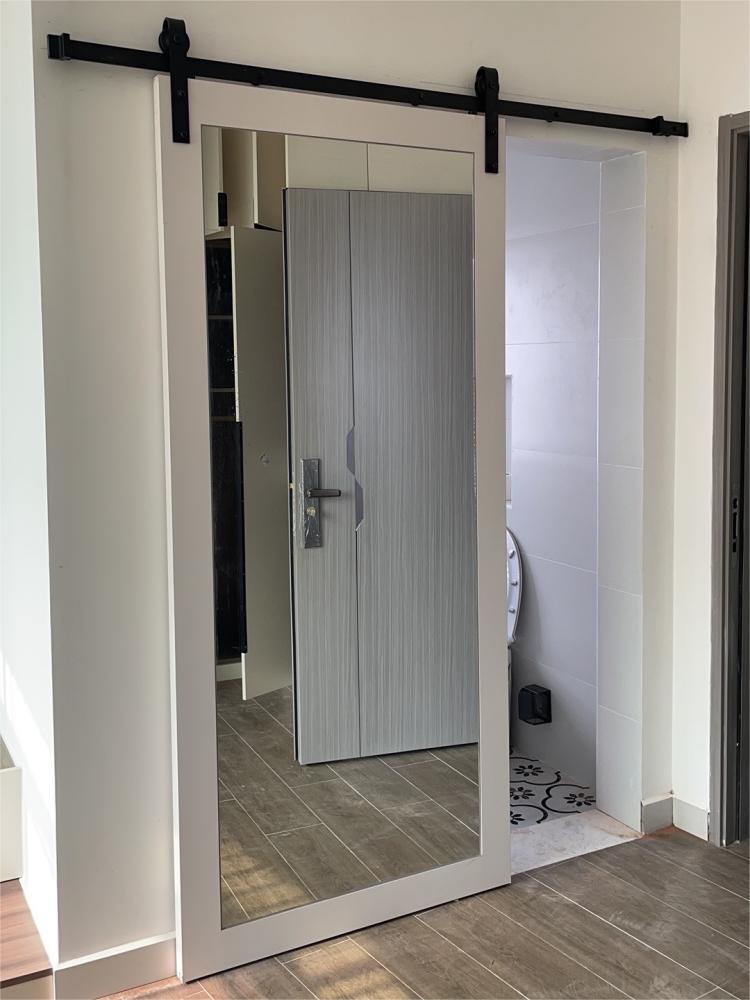
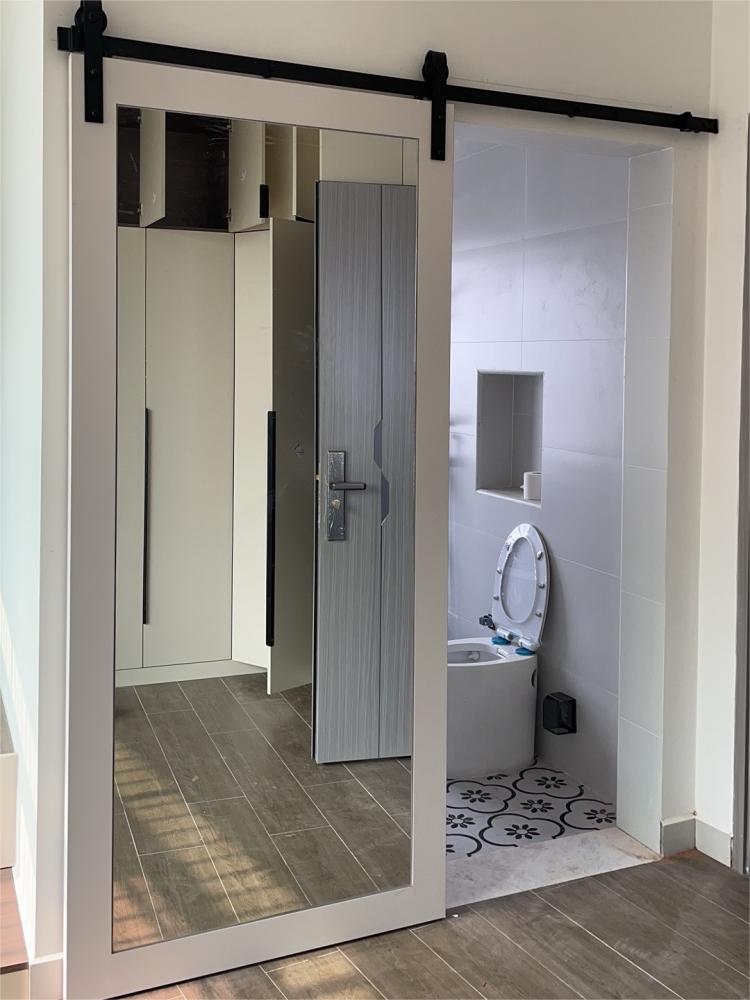
Installing barn doors can bring a touch of rustic charm and functionality to your home. By understanding the factors that influence costs and following budget-friendly tips, you can achieve your desired look without overspending. Whether you choose a DIY approach or professional installation, careful planning and consideration will lead to a successful barn door addition that enhances your living space.

